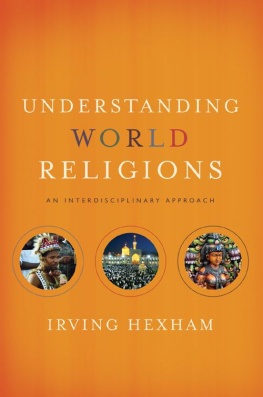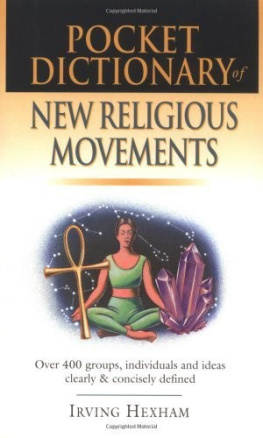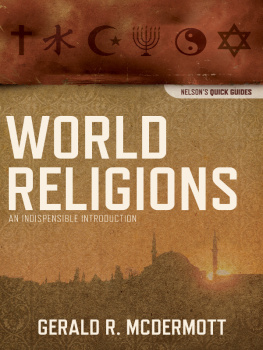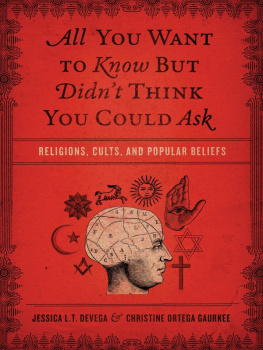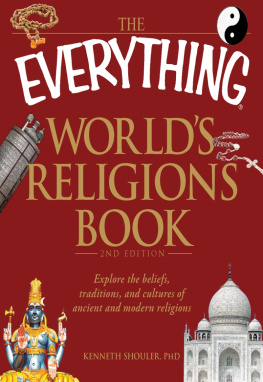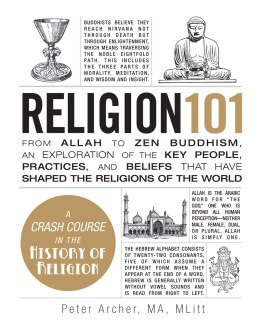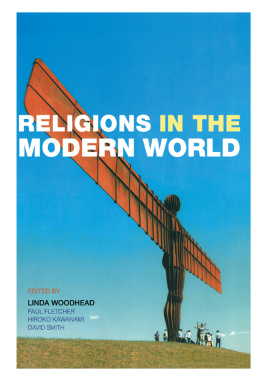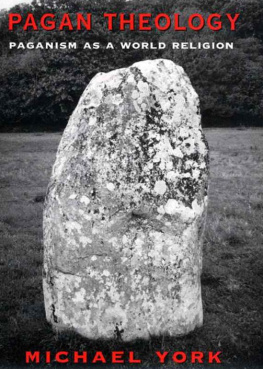UNDERSTANDING
WORLD
RELIGIONS
IRVING HEXHAM

Crisp, comprehensive, packed with unusual insights, and refreshing in style, Hexhams book is invaluable for anyone wishing to understand the recent religious resurgence that has caught so many educated people by surprise, and shown up their tone deafness about all that is happening.
O S G UINNESS , author of The Case for Civility
As Pope Benedict constantly reminds us, Christians today face a new situation where other religious traditions once more challenge Christian belief just as they did in the days of the apostles. This book helps us understand our non-Christian neighbors and as such is a valuable tool for all Catholic educators.
H ENRY R OSENBAUM , SAC Former Director of Education for the Roman Catholic Diocese of Calgary
This is not the conventional or predictable textbook on world religions. As a good teacher, Irving Hexham is not afraid to offer the kind of opinion or insight that is bound to provoke discussion and debate. This book is the fruit of many years of trying to encourage university students to engage meaningfully with the study of religion and is borne out of great experience.
G ERALD J. P ILLAY , Vice-Chancellor (President) and Rector, Liverpool Hope University
This textbook-type tour of world religions, spiced with personal close-ups, fully merits a place on thoughtful Christians bookshelves. Informal and informative, learned, wise, chatty, and sometimes provocative, it is a very impressive performance.
J. I. P ACKER , Professor of Theology, Regent College
My former colleague from Regent College days, and long-time friend, Irving Hexham has written an absolutely fascinating book on world religions which reflects a balance and level of scholarship rarely found in introductory works. Therefore, I enthusiastically endorse this book.
B RUCE W ALTKE , Professor of Old Testament, Knox Theological Seminary
Irving Hexham writes that bland approaches [to the study of religion] produce bland students. Irving Hexham is not bland, and by combining authoritative knowledge of the worlds religions with a keen eye for current events, he has given us a textbook that will not produce bland students. Instead it will produce students who know about religion and who know how religious people the world over relate to the crucial issues of the day.
T ERRY C. M UCK , Dean and Professor of Mission and World Religion, E. Stanley Jones School of World Mission and Evangelism, Asbury Theological Seminary
Irving Hexham is well known to his many readers through his publications on religious studies, both as a general field of research, as well as represented in various movements, both local and worldwide. In Understanding World Religions, his provocative work, especially on African and also Indian religious views, is worth the price of the volume. We need to examine these often neglected areas of study.
G ARY R. H ABERMAS , Distinguished Research Professor and Chair of the Department of Philosophy and Theology, Liberty University
Often it is just scholars who take real interest in world religions and new religious movements. The only time most of us lift our heads is when we hear of some tragic event that shows us other people believe differently than we do. But this is the world we live in and Irving Hexhams book is a resource that brings clarity to this vast world of religious beliefs. This book needs to be read and kept available on the bookshelf of every Christian leader.
C ARSON P UE , President, Arrow Leadership
CONTENTS
ABOUT THIS BOOK
Why on earth would anyone write yet another introduction to world religions? In the course of writing this book I have asked myself this question many times. The reason is, however, fairly simple. I was dissatisfied with existing religious studies texts, which tend to be rather antiseptic works written on the basis of a 1960s Star Trek form of cultural relativism that is, frankly, dull. Like Captain Kirk and his crew, their authors appear to feel mandated to observe religious traditions without offering criticisms of any except Christianity. Such an approach attempts to present the facts as neutrally as possible, but it fails to stimulate discussion or challenge the prejudices of students about real issues.
Therefore, I attempt to go beyond mere description to introduce students to the type of controversy that I believe lies at the heart of all healthy academic pursuits. My book aims to be like Rodney Starks one-time best-selling Sociology (1992), which presents theories and issues in the context of real academic disputes. It also takes its cue from Walter Kaufmanns equally stimulating Religion in Four Dimensions (1976). The rationale behind this approach is that one ought to draw students into the study of religion and religions by addressing issues that capture their imaginations.
When my Concise Dictionary of Religion first appeared in 1993, various reviewers praised it for its objectivity in reporting basic information. Nevertheless, some reviewers worried that it was opinionated, that after giving the facts, I sometimes gave my opinion. William M. Johnston saw the logic of my approach as a teaching technique when he wrote, More than most reference book writers, Hexham fans controversy this introduction to persons and concepts sparkles, particularly in classroom use. No other glossary combines range, incisiveness and outspokenness so dexterously This glossary shows how a reference work can voice dissent without sacrificing rigor.
I believe that while individuals who belong to different religions may be good people, the teachings of some religious groups may be evil. Therefore, papering over controversial issues simply opens the door for critics like Christopher Hitchens, the author of God Is Not Great (2007), and groups such as the Freedom from Religion Foundation, who fault scholars of religion for their lack of common sense. One may strongly disagree with Hitchens and his colleagues, such as Oxford professor Richard Dawkins, but one cannot deny that they make some interesting points.
From experience, I know that students are far more likely to take an issue seriously and become fascinated by a topic if they are presented with different opinions that challenge their way of thinking or the work of other academics. Bland approaches produce bland students. Therefore, when I present controversial topics or points of view that are normally ignored by introductory texts, I am not necessarily presenting my own views. What I am doing is presenting ideas and arguments that I believe will stimulate debate and draw students into serious discussions about the study of religion.
For example, in chapter 9 I present various arguments about the origins of Indian, or what I call yogic, religions, which are related to the Indus Valley civilization, and I raise issues surrounding the Aryan invasions. Then, in chapter 10 I introduce Nirad C. Chaudhuris ideas about the development of the Hindu tradition. Not everyone will agree with what is said here; Chaudhuri is an important commentator who makes a convincing argument that deserves attention even though some people regard his work as controversial. By presenting the Hindu tradition in this way, I intend for students to be stimulated to find out more and to seriously study the issues involved.
Therefore, while some people will disagree with the ideas and arguments, the way they are presented allows professors and students alike to enter into meaningful debates. In this way the book is a teaching tool rather than a set text that preserves a received tradition.

